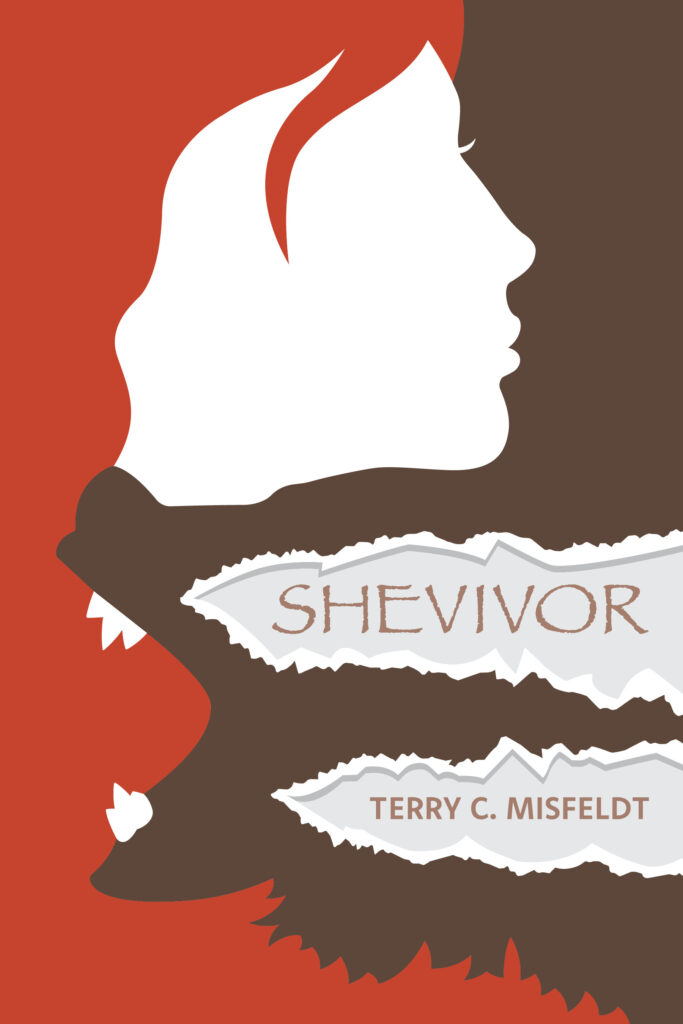By Terry C. Misfeldt
Writers are confident people. They write because they have stories to tell or memories to share. They may struggle with editing their own work, however, so finding the right editor can be challenging. As a writer and an editor, I know both sides of the coin.
When I was the editor and publisher of Future magazine, part of my responsibility was to review articles submitted by staff writers and freelancers. Granted, magazines are a different animal than a novel, short story, memoir, or compilation of poetry. The lessons about editing remain valid.
My first task as editor was to read the piece with two considerations: 1) Was it readable?; and, 2) Was it acceptable for publication in the magazine?
The second task was to critique the article with a rough edit and then meet with the writer to help them understand why the suggested modifications would make their work more worthy of publishing. This is where conflicts arise between writer and editor. If I did not couch my comments in an acceptable fashion, the writer could easily stick to their guns and insist it be run as they wrote it.
Of course, I could never let that happen. My responsibility was to my readers, not the writer. If they remained stubborn, it never saw print.
So, how do you find the right editor? There are two steps.
First, you must know what you want the editor to do for you. Do you want them to edit for readability? If so, they need to know who your target audience is and, if they are good and know that market you are on the right track. If you engage their services, make sure you ask questions about why they make certain recommendations. Steel yourself for answers you may dislike. You have the ultimate responsibility of implementing suggested changes. Trust is a key factor.
Do you want them to edit for spelling, punctuation, and/or grammar? Most writing software programs are decent at catching some of these errors, so what you want is for them to catch the things that seem out of place. You may have writing the wrong word and not caught it yourself—and software will not catch that the word should have been written because writing is spelled correctly. Tip: Make sure you know what their rates are and check their work when it comes back to you. As an editor, I have often found that when one mistake is corrected, another one is created in the process.
Second. Do not go blindly into a relationship. Finding the right editor means asking questions and examining their work. Also ask how long they anticipate it will take them to turn your project around and get it back to you. You can give them a deadline…and they may tell you that is unreasonable. Like any consultant, you have to work with them and they need to know your expectations.
My goal when I published Future was to be the editor who turned projects or articles around quickly. After all, we did have deadlines to meet with each edition.

